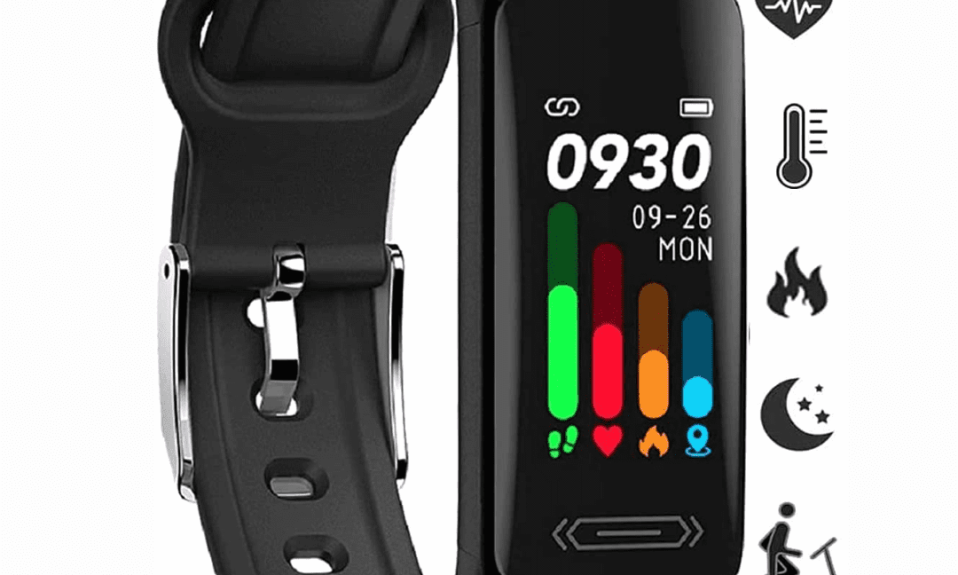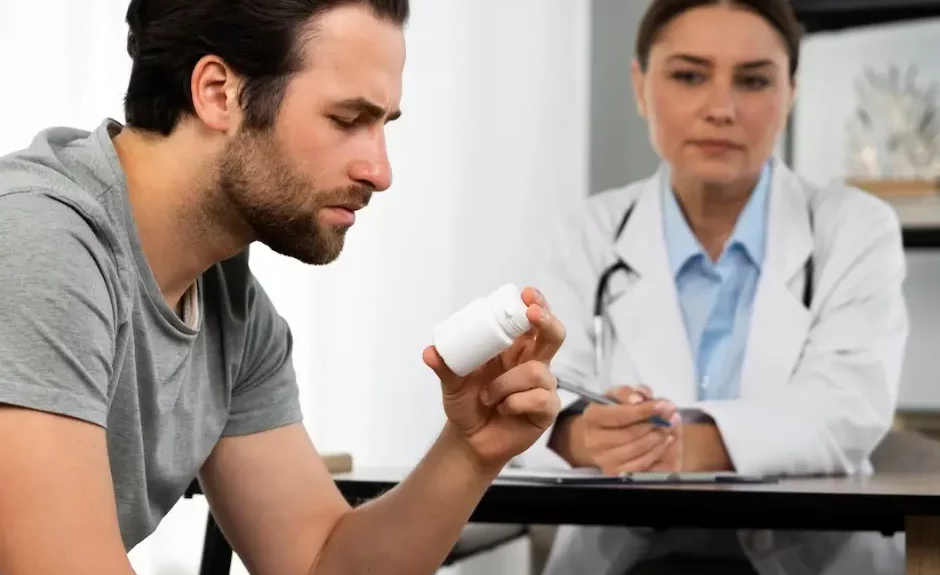Discover simple and effective steps to quit vaping and break free from nicotine addiction. Get valuable tips and smoke-free lifestyle.
Are you struggling to quit vaping? You need to have a clear strategy in place as well as assistance from others to stop vaping permanently.
It may be quite addicting to vape or use an e-cigarette. Well, almost all vaping devices and e-cigarettes within the U.S. contain nicotine.
While trying to quit vaping or stop using nicotine, symptoms of withdrawal and strong cravings may occur. Nicotine is an extremely addictive drug. While for some people quitting is a pretty simple process, it may take others weeks, months, or even their whole lives to complete.
It is beneficial to comprise a strategy in place for effectively quitting and to be aware of what to anticipate when doing so. With the correct resources, you can permanently stop vaping.
HealthishLife aims to help you to quit vaping with simple but proven steps and tips.
Let’s dive in.

The Step-by-Step Guide to Quitting Vaping for Good
Making a choice to stop vaping constitutes the initial step in the quitting process. After you’ve made the decision to stop, you may take the necessary actions to guarantee that you won’t only quit vaping but also won’t pick it up again and give in to urges.
After making the decision to stop, do these actions:
1. Make A Plan
Creating a thorough strategy for why and how you like to stop is the very first step. This might involve outlining your “why” on paper and deciding on a concrete stop date.
There’s going to be an excuse to put off quitting, but giving yourself a deadline and keeping yourself responsible will help you succeed.
2. Ask For Help
Having friends in your camp who support you might make quitting vaping simpler. In addition to friends and family, peer support organizations, therapists, and counselors are examples of this. Ideally, you may combine the resources of your own network of friends and family with a team of professionals.
If you want to stop smoking, having the correct support network can help you stay accountable and preserve your mental well-being.
3. Wean Off Nicotine
Nicotine is a highly addictive drug. When you quit vaping “cold turkey,” symptoms of withdrawal are not harmful or life-threatening. But they become uncomfortable on a physical and emotional level.
To stop smoking, it may be helpful to change to nicotine substitute therapy or to take prescription drugs from your physician. These strategies can aid in controlling cravings and the adverse effects of withdrawal.

4. Set Environment For Success
Eliminate any temptations, cravings, and e-cigarette accessories from the environment. Remove all of your vapes from your pockets, vehicle, bag, purse, and drawers. Inform your loved ones about your decision to stop so they encourage you & keep you responsible. Initially, it could also be beneficial to keep your distance from the locations or individuals you usually smoke around.
5. Use Distractions & Stress Solutions
Work out to release feel-good neurochemicals and maintain mental activity to control cravings. Yoga, meditation, and breathing techniques can aid in alleviating stress and quieting the mind. Moreover, to satisfy these cravings, consider snacks with flavors similar to those of your vapes. Use fidget gadgets to keep the hands occupied.
The following substitute goes well for vaping:
- Toothpicks
- Popsicles
- Hard Candies
- Sugar-Free Gum
- Popcorn
- Pretzel Sticks
- Suckers
- Straws
- Dried Fruit
- Apples
- Carrots
- Celery
6. Celebrate Your Success
Rewarding and Praising yourself for quitting smoking can improve your mood, boost your self-esteem, reduce cravings, and reduce stress.
The Best Tips for Quitting Vaping for Good
It’s crucial to start controlling your urges, stress, and withdrawal symptoms when sticking to your goal to stop vaping. Keep in mind that cravings and withdrawal will subside with time.
A setback that you don’t need can result in even one smoke. The more you are able to avoid vaping, the nearer you are to quitting smoking, as it does become simpler over time.
The following advice can help you stop vaping:
- Utilize your network of allies. When cravings strike, rely on your friends and family for support. Seek out one of the peer or professional options to help the situation pass.
- Do frequent exercise. Good physical exercise can improve your mood without vaping by reducing cravings.
- Utilize diversion. Whenever a craving arises, take action to keep your mind active. Until it passes, you may divert your attention to this.
- Eat well. When stopping vaping, weight gain is typical. Even so, you shouldn’t worry about it much at first. Maintaining a healthy diet can help you avoid weight issues and improve your health all around.
- Use relaxation techniques. You may control cravings more effectively by using breathing techniques, mindfulness techniques, yoga, acupuncture, and good coping skills for stress management.
- Avoid anything or anybody that makes you think about vaping. At the beginning of quitting, it may be beneficial to avoid anything that may make you need anything.

Timeline of Nicotine Withdrawal: A Roadmap to Recovery
After your final vape, nicotine withdrawal symptoms may appear many hours to a day later. Even though certain emotional adverse reactions might last for several weeks or months, they often peak at day three.
It’s essential to keep in mind that quitting smoking does not pose a risk to your health or even your life. As long as you don’t vape again, the symptoms will go away with time.
Each person’s timing may change depending on factors, including how frequently and for how long they vaped. The following is a general timeframe for quitting smoking:
- Over the initial 24 hours: The very first day after quitting vaping is often marked by cravings, agitation, anxiety, irritation, rage, and a whole grumpy mood.
- Week 1: The starting few nights after quitting vaping might be difficult to focus and concentrate. It leads to sleep problems, restlessness and jitteriness, increased appetite, and mood swings, including sadness.
- Month 1: Withdrawal symptoms often start to lessen and become better within a week at most. Yet cravings, mood fluctuations, and sleep issues might persist.
- Month two & later: Within the first several weeks, withdrawal symptoms usually start to get better. But for some people, sleep problems and problems controlling their emotions might last for several months.












